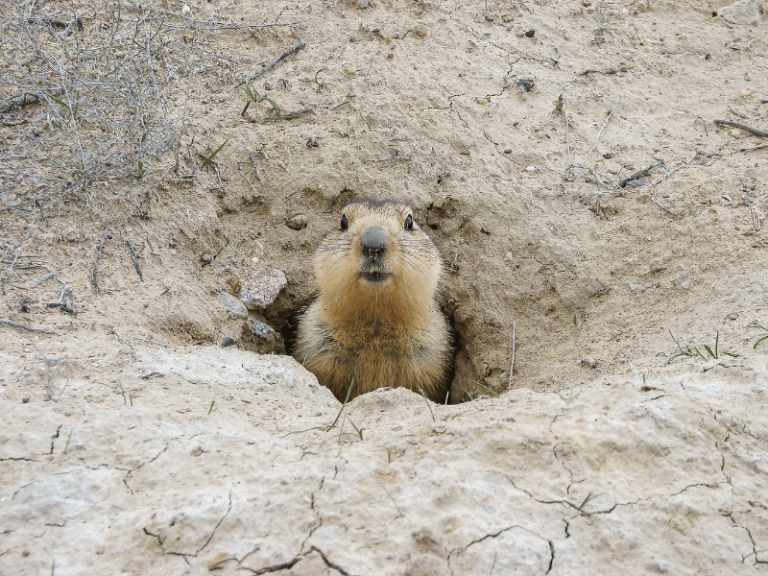In the winter when the land is frozen for miles and snowflakes drift, people wear thick cotton clothes and light fires in their homes to fend off the cold. Most plants wither, and many animals hibernate underground.
Despite the bitter cold of winter, why don’t animals hibernating underground suffocate?
The shelters built by hibernating animals are generally dug deep below the frozen ground surface. Due to the influence of ground heat, temperatures are suitable and mostly above freezing, sometimes reaching 4°-5°C, ensuring hibernating animals are not affected by severe cold.
Although these shelters are deep underground, hibernating animals do not suffocate. During hibernation, they are motionless and do not eat, with extremely slow breathing and reduced oxygen consumption compared to normal times. For instance, the respiration rate of hedgehogs during hibernation can decrease to one-sixth to one-eighth of their normal rate; for dormice, it’s nearly one-tenth. Land-dwelling hibernators, like reptiles, maintain even lower respiratory rates during hibernation. Moreover, despite the harsh winter, the frozen ground still allows air to penetrate through its granular structure. Whether sand or soil, there are gaps between particles that allow air, essential for hibernating animals’ minimal oxygen needs, to seep through.
With these conditions, hibernating animals can successfully survive the winter.

